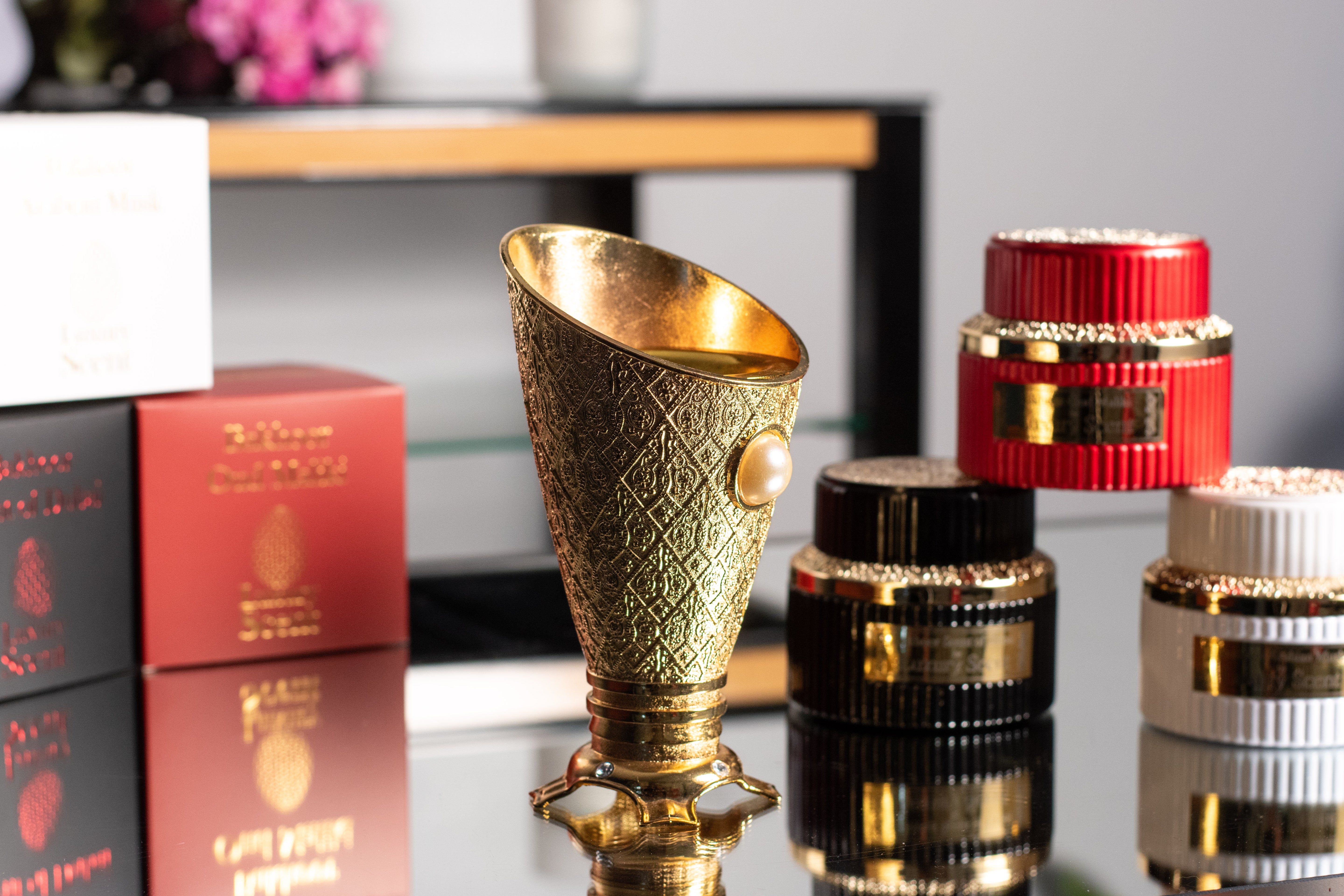New Trends for Perfume in 2024 – ‘Sustainable perfumes of tomorrow’
Each season offers new smells, creative combinations, and fascinating trends to the fragrance industry. In front of the still growing perfume industry as we explore 2024, providing enthusiasts with a wide range of unique selections to consider. As discussing about new trends itself is a broad topic, this blog will try to keep the descriptions concise and relative while different sections will be released as a series of the New Trends of 2024.
Sustainable Perfumes:
When it comes to sustainable perfumes, two variations of the fragrance come to mind before selection which are,
i) Natural Fragrances
ii) Synthetic Fragrances
Choosing a scent can be a difficult and perplexing process, particularly when we consider the arguments regarding synthetic vs natural fragrances. The idea that synthetic perfumes are inferior to natural scents is a widespread one.
But is that really the case? How can we consider synthetic perfumes are really okay for us than the natural perfumes and in which condition?
Now, let’s talk about that. I hope with the points and reasoning mentioned below will help all to learn something new.
Generally, people get confused because they think natural materials are superior. There is a perception that they are more environmentally friendly and sustainable. Though it's not always the case.
What are Natural Fragrances and how are they obtained?
Aromatic substances that have been physically extracted, expressed, or distilled from natural sources are known as natural scents. Many of these substances—like
lavender oil, rosemary extract oil for example—are frequently referred to as essential oils.
However, aromatic substances known as concretes or absolutes are also produced from natural scents using chemical solvents. A popular illustration of this is Rose Absolute. Confusion may result from this. Even though some of the components come from natural sources, they are nonetheless forbidden; particularly when looking for a fragrance that is entirely natural.
What are Synthetic Fragrances?
Synthetic fragrances are created in labs, as opposed to natural scents. Synthetic fragrances mimic natural harmonies without endangering the ecosystem, as opposed to obtaining the notes from trees and animals. Because of this artificial technique, popular animals like deer can be protected and forests can be repopulated as the extracts (Popularly known as Musks) from these animals are employed in widely used fragrances.
The term ‘Synthetic’ can be described as a broad term for fragrances as there are three types of synthetic fragrances that can be derived from which are,
i) Non-natural or Full-Synthetics: This is a type of synthesize method where the entire fragrance is derived from petroleum by products.
ii) Nature identical or Semi-Synthetic: This type of synthesize method uses synthetic, natural or artificially modified notes to produce the fragrance. Sometimes, it can be derived using all the three processes.
iii) Natural Isolates: The derived fragrance is produced from the byproduct of synthetic and natural.
As a result, artificial does not always equate to synthetic scent. The industry is currently changing and creating new, more sustainable scent-elements(bio-synthetics) through the use of green chemistry, biochemistry, and innovative technologies.
Why Synthetic ingredients are used widely in perfumes than Natural ingredients?
i) The fact that perfumers are limited to developing scents that can be derived from natural materials if they limit themselves to natural
components is one of the key reasons why they use synthetic substances.
Not every smell that exists in nature may be converted into an absolute or essential oil. A synthetic "reproduction accord" is made to mimic the aroma in place of some materials since they are simply too delicate or have insufficient scent.
Some scents don't actually represent a source of basic materials; thus, they can't be extracted. For example, it is impossible to extract the clean aroma of a coastal breeze from the water or the air. Calone, a synthetic element with a crisp, clean, somewhat oceanic aroma, can, nevertheless, evoke it. We wouldn't be able to enjoy aquatic, watery odours in personal or household fragrances without synthetic compounds like these.
ii) Natural fragrance needs raw natural components found in the environment to process a naturally derived fragrance. Most cases only a large amount of the natural component needs to be used just to produce a little amount of the fragrance which contains the scent which is harmful for the environment in the long run.
Many natural substances commonly used in the fragrance business, such as Guaiac wood(to produce oil of Guaiac), Vanilla, and Agarwood (for essential oil and wood as incense), are now categorised as vulnerable or endangered due to the enormous quantity of raw materials used to produce these natural fragrances.
Certain natural scents, such as ambergris, musk, and civet, are derived from animals that are massacred or trapped in order to extract the constituents. As such, it is a far more ecological and humanitarian alternative is to use artificial reproduction accords rather than the natural animal product.
iii) The cost of using synthetic material is also much lower than using natural materials. The shelf life of synthetic produces is also much higher than the natural produces. Natural notes, for example, have a one-to-two-year shelf life on average. Synthetic fragrances, meanwhile, have a five-year shelf life.
Fragrances gain more life from the fixing of substances. In contrast to natural perfumes, the scents using synthetic substances last longer and stay richer and heavier. They also don't go bad as fast. These are now advantages that natural fragrances are unable to provide.
If Synthetic Perfumes have such advantages over Natural Fragrances, then one question may come to mind ‘Are they safe to use’?
The synthetic perfumes used in fragrance goods are safe as long as you're buying them from a reliable supplier.
The most reputable fragrance companies are members of The International Fragrance Association (IFRA) which is the fragrance industry’s self-regulating body, and they are very strict about the usage of ingredients for perfumes and all the companies abide by that law. Any natural or synthetic substance that has safety concerns will be categorically prohibited from being used; fragrance suppliers are alerted of these developments and take appropriate action.
Luxury Scent fragrances are sourced from fragrance suppliers who are members of IFRA which regulates the quantities of ingredients used in a fragrance. Because of this, the components have previously undergone testing to determine the level of danger and filtered accordingly.
Because of the EU cosmetics requirements, which apply to both the UK and the EU, all products must have precise ingredient labelling and be approved by a specially designated safety assessor who is a competent chemist or toxicologist. This implies that all allergens have to be mentioned on the label in terms of scent.
Conclusion
There's a good reason why people adore natural components; their smells are frequently among the most memorable and cherished that we come across. Nevertheless, they aren't usually the most sensible, eco-friendly, or secure components to utilize in fragrances. Even though synthetic fragrances have a negative image, perfumers continue to choose them because of their larger, more imaginative scent palette, more consistent fragrance performance, and less wasteful production processes in addition to their cheaper prices.
Instead of focusing on gaining knowledge about sustainability and the effects of chemicals on the environment, people have spent far too much time mired in the green beauty movement's slogans of "chemical free" and "no toxic chemicals."
Apart from the potential for increased skin sensitivity, switching from synthetic fragrances to natural ones would make it unsustainable and unable to meet demand.







